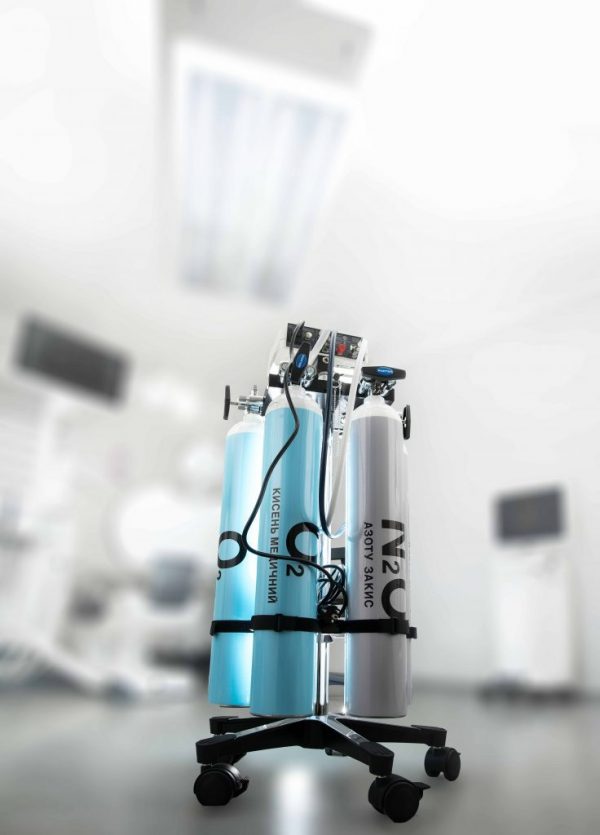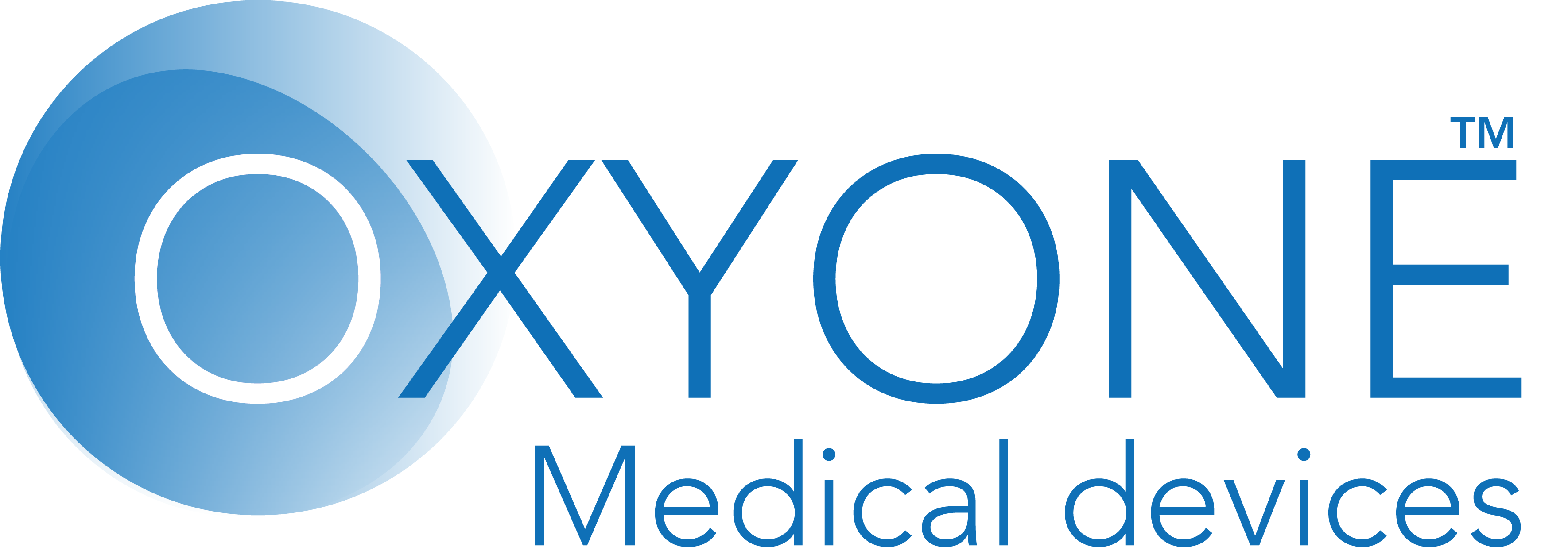The 5 medicinal gases used in hospitals
5 Common medicinal gases used in hospitals
The gases medical are essential for hospitals and health care facilities in general.
Knowing the most common types of gases, understanding how each is used, and then monitoring the systems for each gas will ensure the success of your system.
At Oxyone Medical Devices, we understand that the proper functioning of your medical gas systems is vital, so that you have no unexpected failures and have the proper equipment to do your job competently and without worry.
In this article, we will outline five types of medical gases used in hospitals:
Medical air: Used in intensive care and neonatal intensive care areas. Medical air is supplied by a specific air compressor to patient care areas.
Oxygen: Oxygen is the medical gas required in every healthcare setting and is used for resuscitation and inhalation therapy.
Carbon dioxide: Used for less invasive surgery
Nitrogen: A medical support gas used mainly to power surgical instruments and other equipment.
Nitrous oxide: A medicinal gas is used in many surgical procedures as both an anesthetic and analgesic.

In medical facilities, each gas is supplied by a separate system designed for specific gases.
Gases are supplied from their central supply source through a network of pipelines. Some gases can be supplied in cylinders.
While vacuum, medical air and instrument air are generated locally in most hospitals, a smaller volume may come through a gas system piped into cylinders connected to a manifold. Normally hospitals have nitrogen, nitrous oxide and sometimes carbon dioxide produced through a manifold.
Medical Air
refers to a clean supply of compressed air used in hospitals and health care facilities for breathing patients. It is free of contamination and particles, has no oil or odor, and is dry to prevent water accumulation in the facility’s plumbing.
When a patient is in the operating room, whether it is an emergency or not, a surgeon relies on medical air to keep the patient comfortable and breathing. Medical air sources are connected only to the medical air distribution system.
Oxygen
Oxygen is a medicinal gas found in virtually every healthcare setting and is used for resuscitation and inhalation therapy. It was introduced in the early 1900s. It is used for medical conditions such as cyanosis, shock, severe bleeding, carbon monoxide poisoning, trauma, cardiovascular and respiratory arrest, resuscitation, and life support.
Oxygen cylinders are defined by their color, green label, and unique gas-specific connection fitting. They can be connected to a manifold and then to a main alarm and control valves and pressure gauges. Some organizations use small liquid oxygen cylinders, commonly called dewars, or larger cyrogenic cylinders.
Carbon Dioxide
is used to insufflate patients by blowing into the body cavity for less invasive surgeries such as laparoscopy, arthroscopy, endoscopy, and cryotherapy. It is used to widen and stabilize the body cavity for greater visibility and access to surgical areas.
It can also provide respiratory stimulation when mixed with oxygen, during and after anesthesia administration.
Finally, it can also be used for cryotherapy, where temperatures of -76°C can be reached. Carbon dioxide (CO2) is an odorless, colorless gas. CO2 may be piped into large hospitals, but it is more likely to come from a reservoir.
Nitrogen
as a gas is used to power instruments in places where instrumental air is not available. In fact, it is most commonly used to support gas in a structure. It can come from a cylinder manifold and is piped under pressure with an alarm system to the source and place of use.
Nitrogen Protoxide
is a variant of nitrogen: when mixed with oxygen, it acts as an anesthetic agent.
Nitrous oxide is a medicinal gas commonly known as “laughing gas,” and dentists began using it as an analgesic in 1812. Since then, this medicinal gas has been used in numerous surgical procedures as both an anesthetic and analgesic.
As a medical gas, it is still used in operating rooms.
Regular inspection of facilities
Medical gas facilities must be inspected regularly, not only because they are critical to patient well-being, but also because such inspections can make the difference between financial success or failure. It is necessary to provide facility technicians with information on repair, maintenance, and operation to keep medical gas systems safe and economical.
Like other medical products, medical gas must have a marketing authorization (product license) to be sold. Equipment must have a CE marking to indicate that it complies with the Medical Device Directive.
